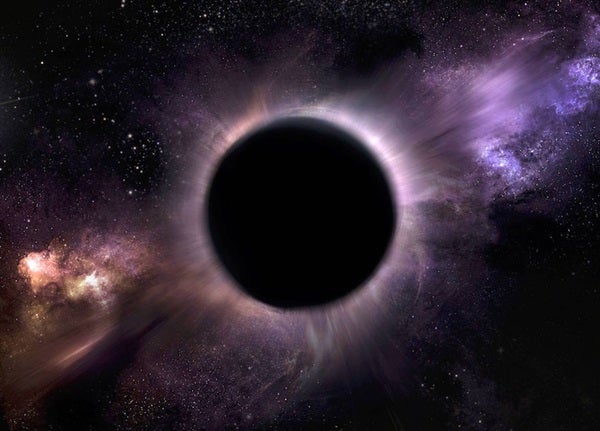Intermediate-Mass Black Holes
Recent astronomical advancements have led to the discovery of an Intermediate-Mass Black Hole (IMBH) located in the faint galaxy NGC 4395, approximately 4.3 million light-years from Earth. This finding, made using India’s largest optical telescope, the 3.6m Devasthal Optical Telescope, provides critical vital information about the formation and behaviour of black holes that range from 100 to 100,000 solar masses. The study enhances our understanding of the cosmic black hole family and their evolution.
What Are Intermediate-Mass Black Holes?
Intermediate-Mass Black Holes are cosmic entities that bridge the gap between stellar black holes and supermassive black holes. Stellar black holes have masses a few dozen times that of the Sun, while supermassive black holes can have masses in the millions or billions of solar masses. IMBHs are believed to be the seeds that evolve into supermassive black holes.
Challenges in Observing IMBHs
IMBHs are notoriously difficult to detect due to their faintness and the small galaxies in which they reside. Unlike larger black holes, they emit little light unless actively consuming matter. This necessitates advanced observational techniques and equipment to identify their presence and measure their properties.
The Role of Advanced Telescopes
The 3.6m Devasthal Optical Telescope, along with its spectrograph and camera, was very important in detecting the IMBH in NGC 4395. Continuous monitoring over two nights allowed researchers to apply spectrophotometric reverberation mapping. This technique measures the delay between light emitted by the black hole and the surrounding gas clouds, enabling scientists to estimate the black hole’s mass and the size of its accretion disk.
Key Findings of the Study
The research team determined that the IMBH in NGC 4395 weighs approximately 22,000 times the mass of the Sun. It consumes matter at only 6% of its maximum theoretical rate. This study provides a more accurate mass estimate than previous research and validates the size-luminosity relationship for black holes in low-luminosity active galaxies.
Month: Current Affairs - April, 2025
Category: Science & Technology Current Affairs








